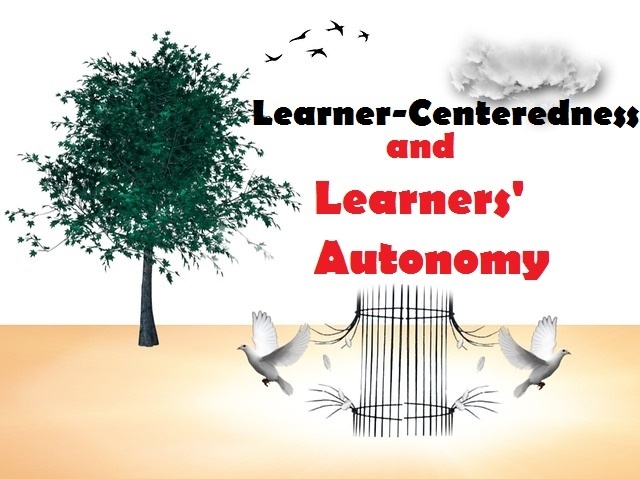Language Loss, Language Attrition and Language Death
Did you know that 94 percent of the 6 billion people on this planet speak just 6 percent of the languages?
In other words, 94 percent of the world languages are spoken by only 6 percent of the population. What is more is that 133 languages are spoken by less than 10 per of the population. As a result, it is predicted that by the end of this century more than half of the existing languages will have died.
A language is said to be dead when the last person who speaks it as his mother tongue dies. There are three ways in which a language can die. The first one is when languages vanish naturally as a result of different natural disasters and mortal diseases. The second way is when languages are killed by educational systems and mass media. The third way is when languages commit suicide.
When speakers of a given language give up on their mother tongue for some reasons (ex: political). However, a dead language can return to life if it is recorded or has a written form. An example of a revived language is Hebrew, which was a dead language and at the beginning of the 19th century, was successfully revived.
Language loss
This is a comprehensive term that comprises language loss by individuals and language loss by communities. Language loss by individuals is categorized into pathological loss and unpathological loss. The pathological loss has to do with psychological disorders and problems that lead to language dissolution.
Language attrition
This refers to the unpathological loss of language. It describes what happens to bilingual speakers. When immigrants learn a second language in their host culture, the acquisition usually influences their native language. It is the result of the lack of exposure to the mother tongue. Language attrition can be observed at the level of lexicon and structure. For example bilinguals’ insertion of second language linguistic items into the mother tongue through the frequent use of code-switching and borrowing.
Language attrition
This is the loss of a first or second language or a portion of that language. Speakers who routinely speak more than one language may use their languages in ways slightly different from a single language speaker, or a monolingual. The knowledge of one language may interfere with the correct production or understanding of another.
References:
- Crystal, David. 2002. Language death. Cambridge university press. 73.
- Crystal, David. 2000. Language Death. Cambridge: Cambridge University Press, pp1-2, 11, 27-28.
Please, share this post if you think it deserves or you think it can help someone understand more this issue.







